One of the most beautiful Ancistrus of all is certainly L107, which – as far as we know – has still not been scientifically studied. It is a pitch-black Ancistrus with snow-white spots, which is also known as the “brilliant Ancistrus” due to its striking contrast. In contrast to many other similar Ancistrus, this species hardly tends to turn pale when disturbed.
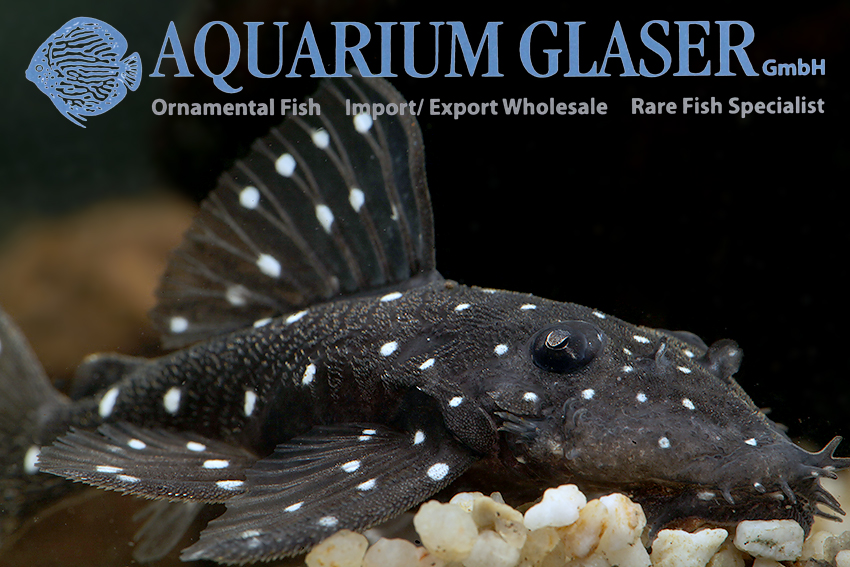
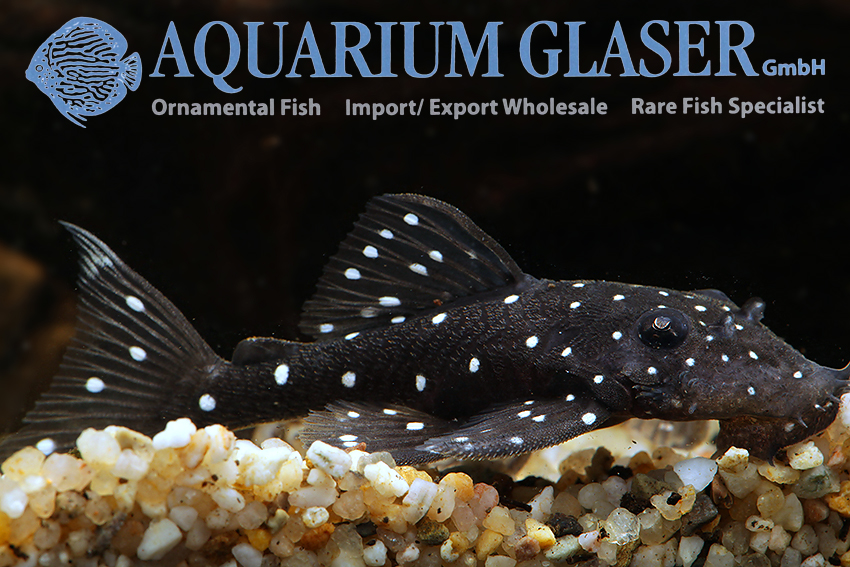
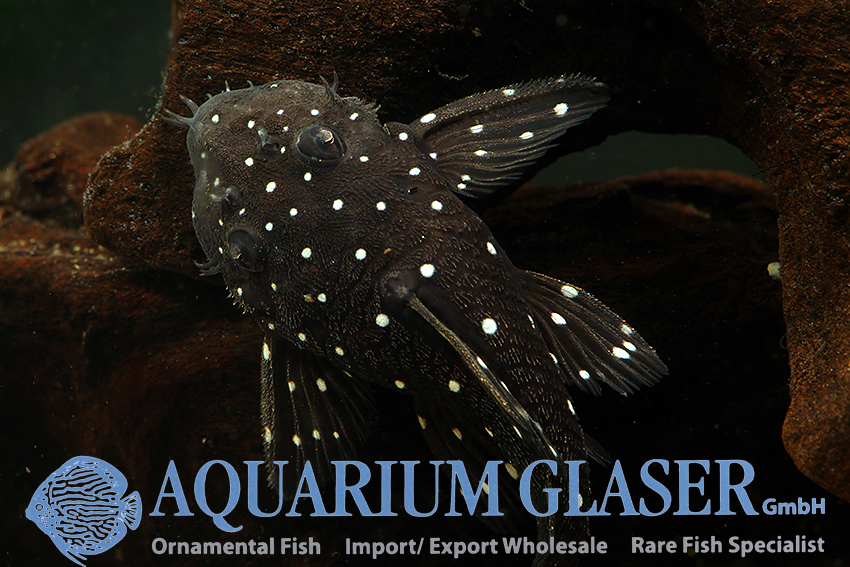
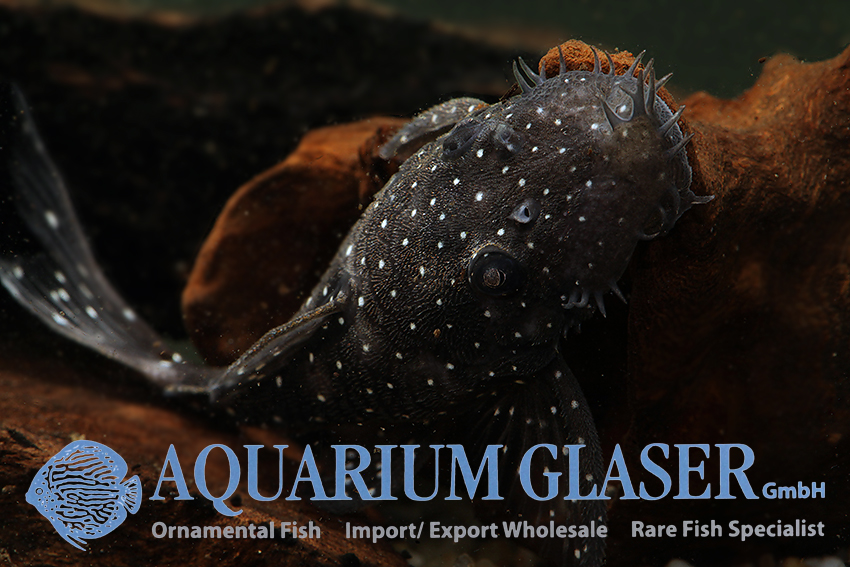
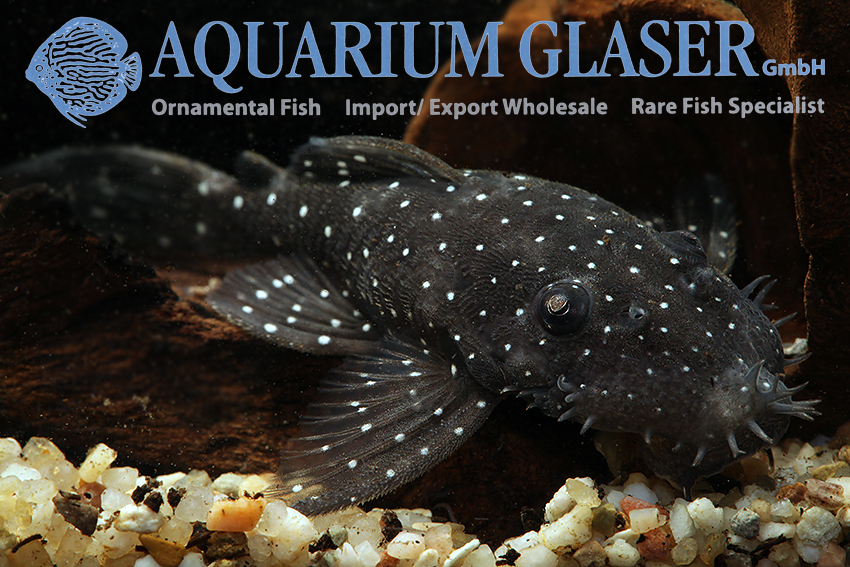
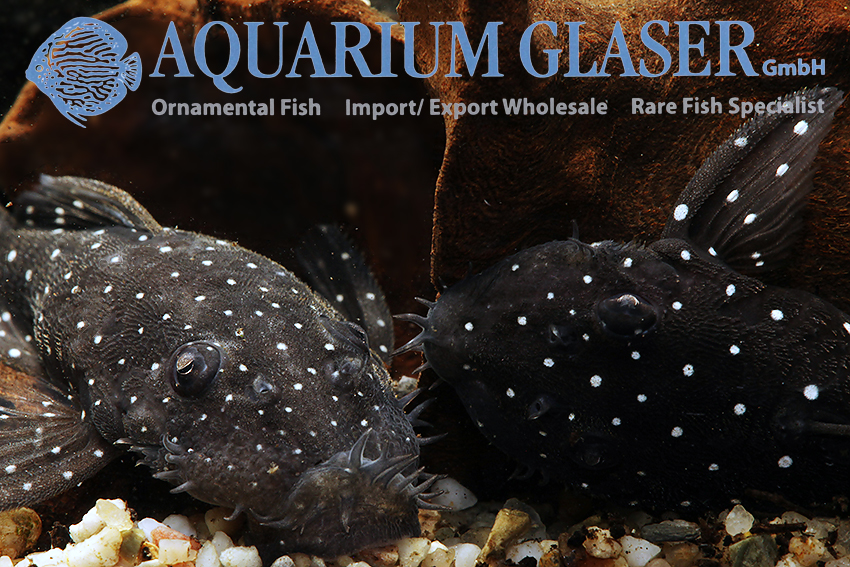
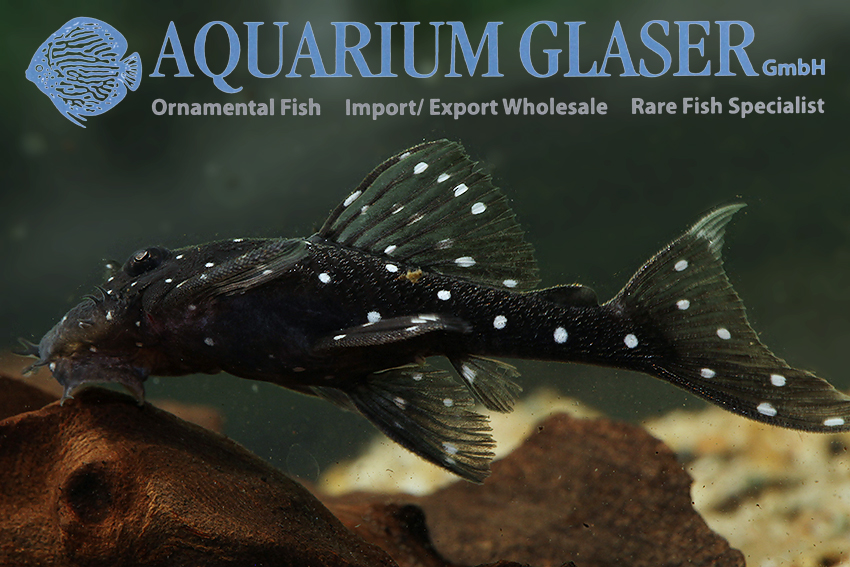
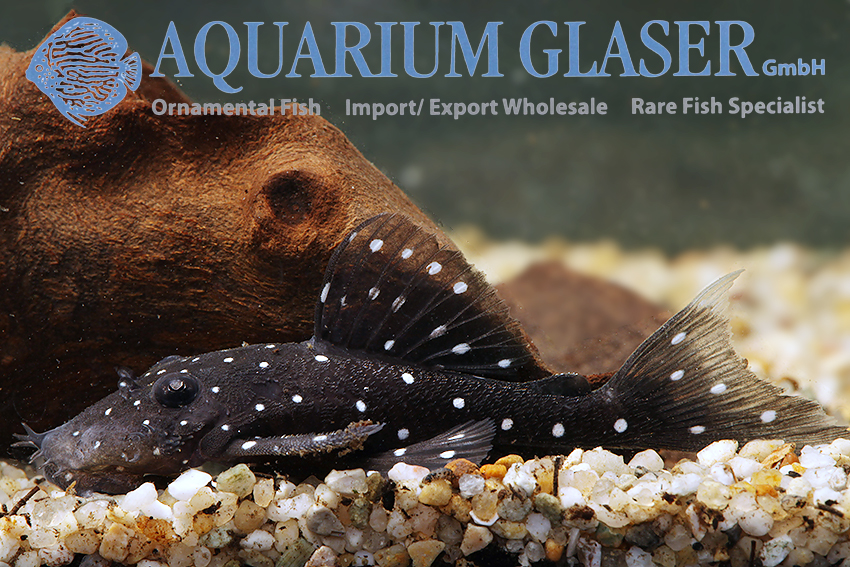
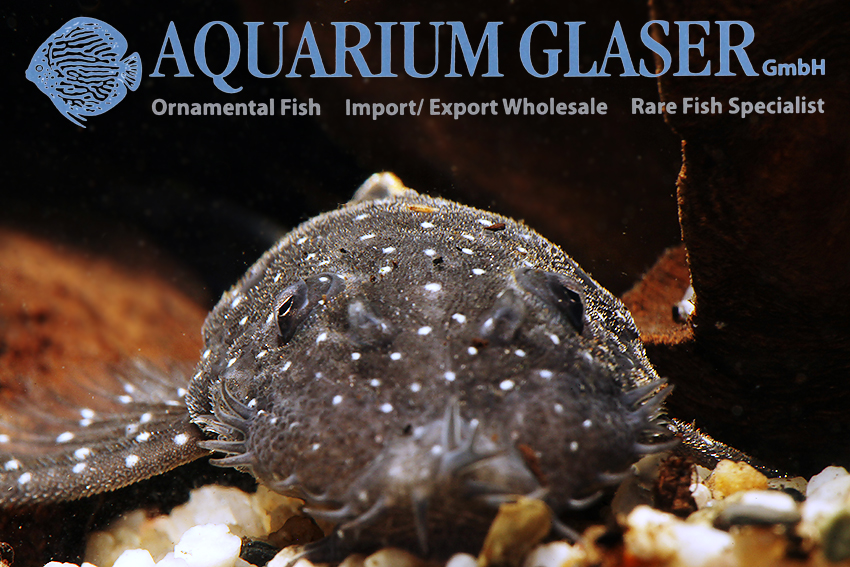
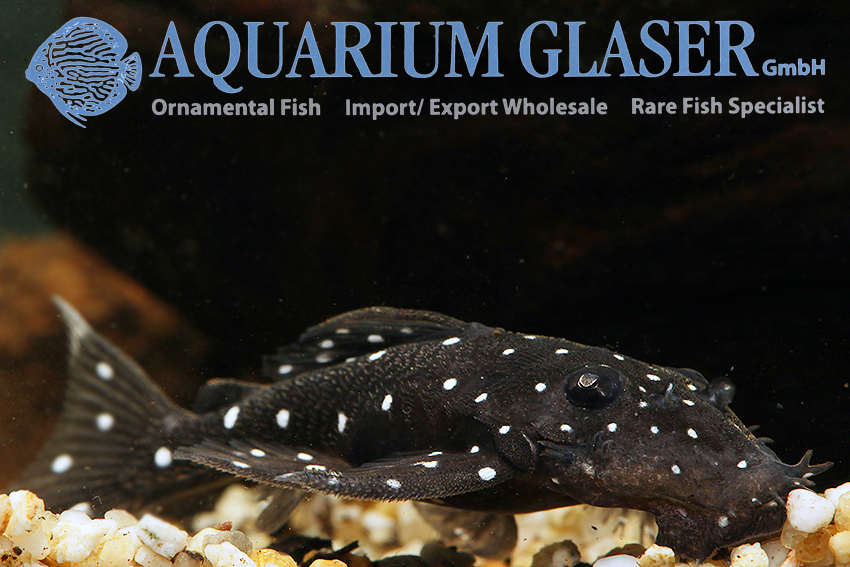
The tail fin pattern can be considered the most reliable species characteristic. Only L107 has such a white triangle on the upper tip of the caudal fin (the lower one is black). Unfortunately, this disappears in older animals; however, the upper tip of the caudal fin then grows into a kind of filament, which is not the case with other Ancistrus. In addition, there is the general body structure, L107 is a relatively flat-built species. The spot size, on the other hand, is variable, which is why L107 was given a second L number, L184. The breeder can even select relatively easily for larger or smaller points in offspring. However, we are currently offering L107 as a wild catch.
The species is widespread and common in the tributaries of the middle Rio Negro, but is rarely offered for sale. The gender difference typical of the genus – strong beard growth in males – already sets in in relatively young animals. In L107 the females also have beards, but not as much. Apparently L107 becomes sexually mature at a length of about 6 cm. Specimens up to 15 cm long have been found in the wild, but they rarely grow over 10 cm in the aquarium.
Due to its origin, this catfish requires higher water temperatures (from 27°C). Good water hygiene should be a matter of course. L107 is a less robust, somewhat shy catfish species that should only be kept with calm and peaceful fish.
For our customers: the animals have code 26480-L 107-1 on our stock list. Please note that we only supply the wholesale trade.
Text & photos: Frank Schäfer




